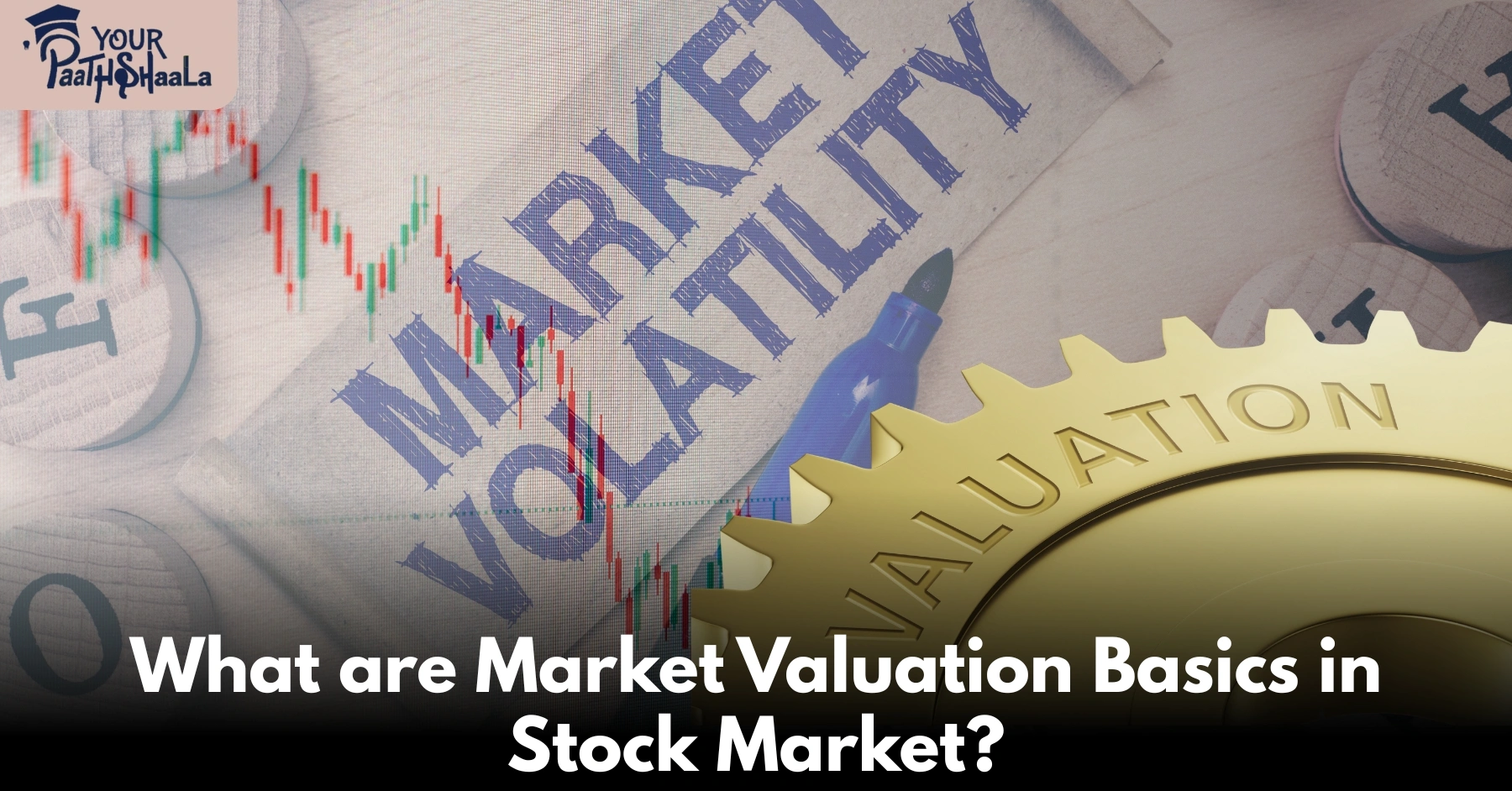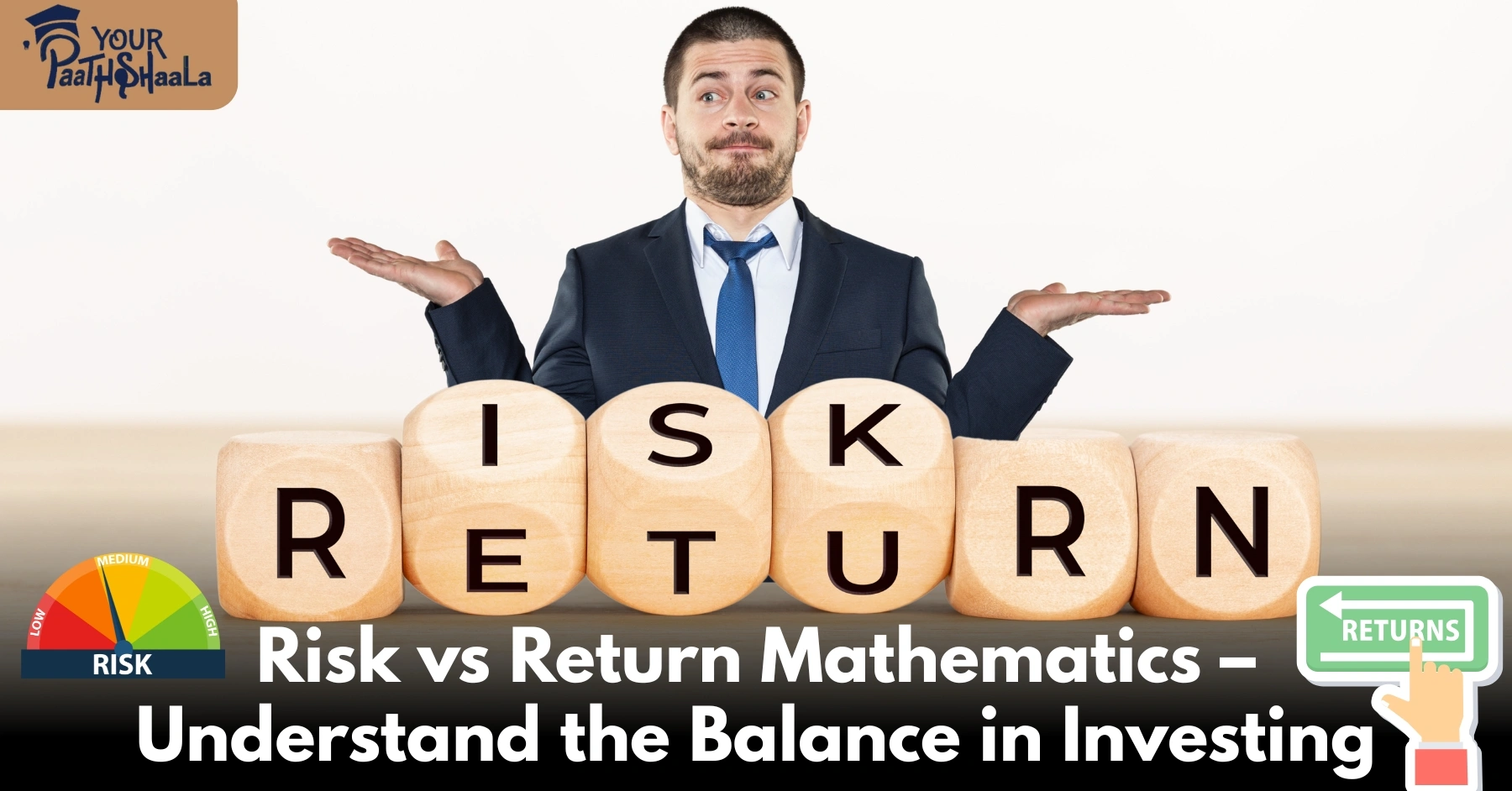Technology Impact on Markets – See How Innovation Shapes Investing
Markets have always been shaped by innovation. The steam engine fueled the industrial revolution, electricity transformed factories, and the internet changed how we live and work. Today, we are once again witnessing a massive transformation as new technologies—from e-commerce and automation to AI and platform-based business models—reshape economies worldwide.
For investors, these changes bring both risks and opportunities. Companies that embrace technology often grow rapidly, while those that fail to adapt struggle or disappear. Understanding the technology impact on markets is no longer optional; it is essential for anyone who wants to invest wisely in the modern era.
At YourPaathshaala, we believe in making these complex shifts easy to understand. By the end of this article, you’ll know why technology matters for investing, which sectors are most affected, and how to build strategies that keep up with innovation.
E-Commerce: Redefining Retail and Consumer Behavior
The Shift to Digital Shopping
Over the last two decades, e-commerce has grown from a niche alternative to a dominant force in retail. Platforms like Amazon, Flipkart, and Alibaba have revolutionized how consumers shop. Convenience, lower costs, and vast product variety have pulled millions away from traditional stores.
In fact, global e-commerce sales are projected to keep rising year after year, making it one of the most reliable growth stories of the digital age.
Impact on Traditional Retail
This growth, however, comes at the expense of brick-and-mortar stores. Many traditional retailers who failed to build a strong online presence have closed their doors. Shopping malls face declining foot traffic, while digital-native brands thrive with leaner operations and broader reach.
Opportunities for Investors
E-commerce platforms continue to dominate growth.
Logistics and supply chain companies benefit from the demand for fast deliveries.
Digital payment firms ride the wave of online transactions.
For investors, e-commerce is more than just buying shares of online retailers—it’s about understanding the entire ecosystem that supports digital commerce.
Automation: Reshaping the Future of Work
What Is Automation?
Automation uses machines, software, and AI to perform tasks once handled by humans. From assembly lines in factories to chatbots in customer service, automation is becoming part of everyday business operations.
Market Impacts of Automation
Cost efficiency: Companies that automate reduce expenses, boosting profits and margins.
Job shifts: Routine jobs are disappearing, while demand grows for roles in programming, system design, and robotics.
Global competition: Businesses that automate can scale faster and compete worldwide.
For example, Tesla uses automation heavily in manufacturing. This allows it to maintain efficiency at scale, while traditional automakers struggle with legacy systems.
Risks and Opportunities for Investors
Winners: Companies that use automation to scale efficiently.
Losers: Firms slow to adopt may see declining profitability.
Long-term bet: AI and robotics companies are key growth sectors for the future.
Investors must recognize automation as both a disruptive force and a driver of new industries.
Platform Business Models: Winner-Take-All Dynamics
What Is a Platform Model?
Unlike traditional businesses that create and sell products, platforms connect users and providers. Think of Uber, Airbnb, or Facebook—they don’t own the cars, homes, or content but instead enable interactions between parties.
Why Platforms Dominate
Network effects: The more users a platform has, the more valuable it becomes.
Scalability: Platforms grow faster because they rely on user participation.
Global reach: Platforms transcend geography and build massive user bases.
Impacts on Markets
Platform-based companies often disrupt entire industries. Uber challenged taxis, Airbnb disrupted hospitality, and digital ad platforms reshaped media. Traditional businesses that relied on physical assets struggle to compete.
For investors, platform companies often represent high-growth opportunities, but they also carry concentration risks—a few players dominate entire industries.
Technology and Risk Management
Technology doesn’t only create opportunities; it also introduces risks.
- Cybersecurity threats: The more businesses rely on digital infrastructure, the more vulnerable they become to attacks.
- Regulatory challenges: Governments worldwide are tightening rules on data privacy, antitrust, and platform dominance.
- Disruption risk: Companies slow to innovate can be overtaken by new competitors almost overnight.
Smart investors must factor in both the upside and the downside of technology-driven markets.
How Technology Shapes Different Sectors
Finance: Fintech Revolution
Digital wallets, blockchain, and robo-advisors are changing how money moves. Fintech firms are growing rapidly while traditional banks are pressured to modernize.
Healthcare: Digital Transformation
Telemedicine, AI-driven diagnostics, and robotic surgeries are reshaping healthcare delivery. Investors in health-tech see long-term potential as populations age and demand grows.
Manufacturing: Industry 4.0
Automation, IoT, and smart factories are redefining industrial production. This improves efficiency but requires heavy upfront investment.
Energy: Renewable Technology
Advances in battery storage, solar, and wind energy are pushing a global shift toward sustainability. Energy markets are being redefined by innovation.
By tracking which sectors technology disrupts and which it empowers, investors can position themselves for growth.
Lessons for Investors: Adapting to Technological Change
The core lesson is simple: companies that adapt thrive, those that ignore technology fall behind.
Blockbuster failed to adapt to online streaming, while Netflix dominated.
Nokia underestimated smartphones, while Apple redefined the market.
Retailers who ignored e-commerce disappeared, while Amazon became a trillion-dollar company.
As an investor, the challenge is not just spotting new technologies but also recognizing which businesses have the vision, resources, and leadership to adapt successfully.
Practical Steps for Beginners
At YourPaathshaala, we break down technology-driven investing into clear, simple steps:
- Track the trends – Follow how technologies like AI, automation, and e-commerce are shaping industries.
- Study the leaders – Identify companies leading the change, not resisting it.
- Think ecosystem – Invest not just in the obvious winners (like e-commerce platforms) but also in supporting industries (like logistics, fintech, or cybersecurity).
- Balance risk and reward – Tech stocks can be volatile, so diversification is essential.
- Stay updated – Technology evolves quickly; continuous learning keeps your strategy relevant.
Conclusion: Technology as an Investment Compass
Technology has always been a disruptive force, but today’s innovations are changing markets faster than ever. From e-commerce growth to automation and platform business models, the technology impact on markets is profound and long-lasting.
For investors, this means both risks and opportunities. Companies that embrace change often emerge as market leaders, while those that ignore innovation risk becoming irrelevant. By studying how technology affects industries and economies, you can position your portfolio for long-term success.
At YourPaathshaala, we make these lessons practical for beginners. Through our demo classes and guidance, you’ll learn to recognize the signs of technological change, adapt your strategies, and invest with confidence in a world where innovation never stops.
Visit YourPaathshaala
Near Anjali Children Hospital, Tagore Nagar, Mathpurena, Raipur
PIN Code: 492001, Chhattisgarh Click the Call Now to start learning how financial systems really work! To check out the full article click here!













Add a Comment